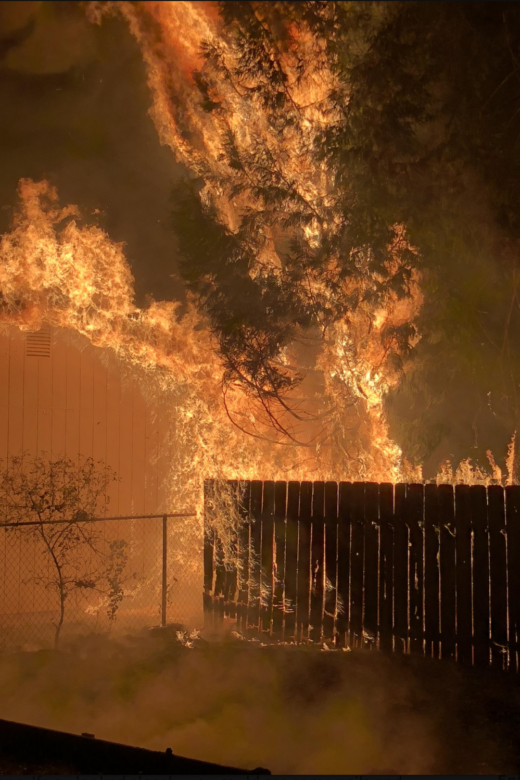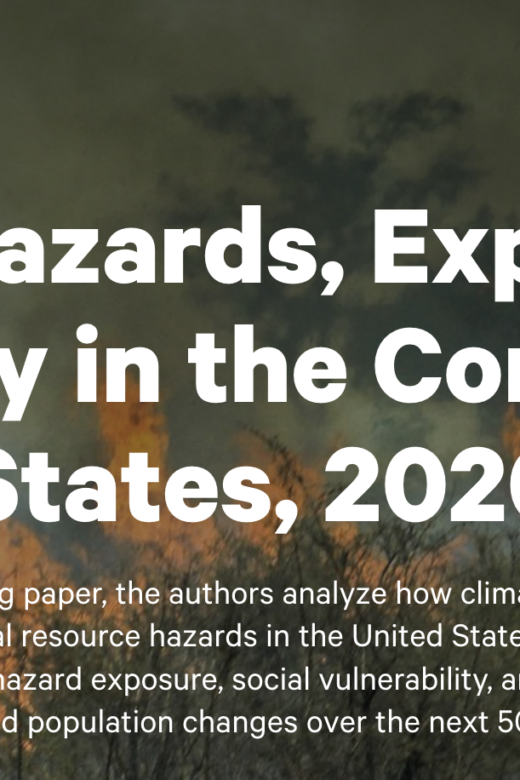As wildfire and smoke increasingly affect rural communities, understanding how people adapt on a local level is more important …
Natural resource management confronts the growing scale and severity of ecosystem responses to drought and wildfire
As drought and wildfire intensify with climate change, natural resource managers face growing challenges in keeping pace with …
NIST Study Finds Wildfire Hazards in Residential Fences and Mulch Beds
In a series of fire experiments, National Institute of Standards and Technology researchers explored how fences and mulch beds …
Continue Reading about NIST Study Finds Wildfire Hazards in Residential Fences and Mulch Beds
Changing Hazards, Exposure, and Vulnerability in the Conterminous United States, 2020–2070
The working paper “Changing Hazards, Exposure and Vulnerability in the Conterminous United States, 2020–2070” from Resources for …
Edge Effects Along Roadside Fuel Treatments in Sagebrush Steppe
The construction of fuel breaks is a common strategy for suppressing wildfires in rangelands, but it can also increase the number …
Continue Reading about Edge Effects Along Roadside Fuel Treatments in Sagebrush Steppe
When more blackberries is a bad thing: Invasive plant management support
Rocky Mountain Research StationScience you can use: This article explores how non-native blackberry species are spreading …
Continue Reading about When more blackberries is a bad thing: Invasive plant management support
Green is the New Black: Outcomes of post-fire tree planting across the US Interior West
With severe wildfire activity increasing across the western United States, reforestation efforts such as tree plantings are seen …
The fastest-growing and most destructive fires in the US (2001 to 2020)
Wildfires that spread rapidly are the most dangerous, and their growth rates have significantly increased across the U.S. between …
Continue Reading about The fastest-growing and most destructive fires in the US (2001 to 2020)


